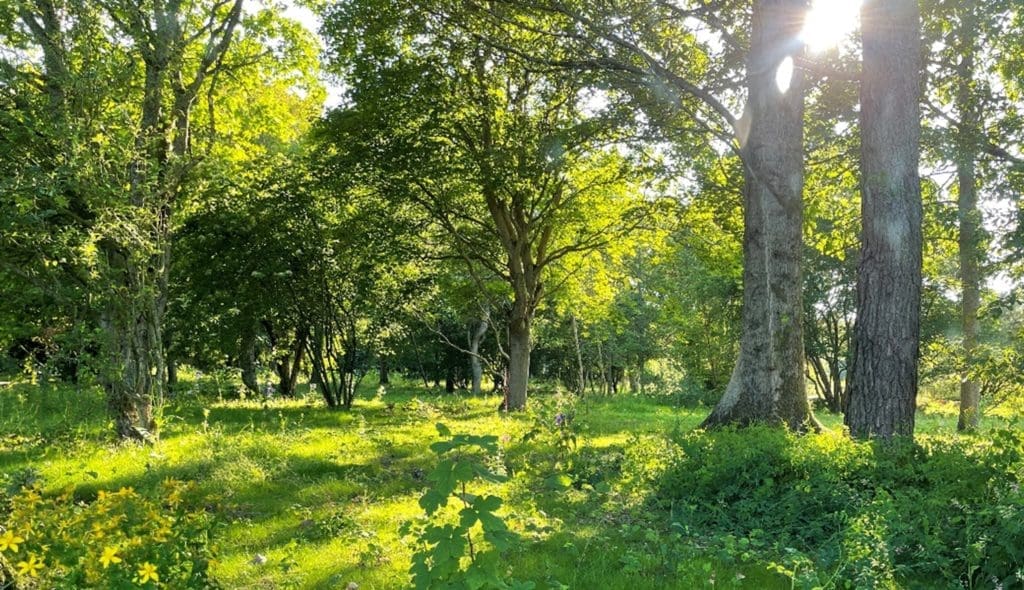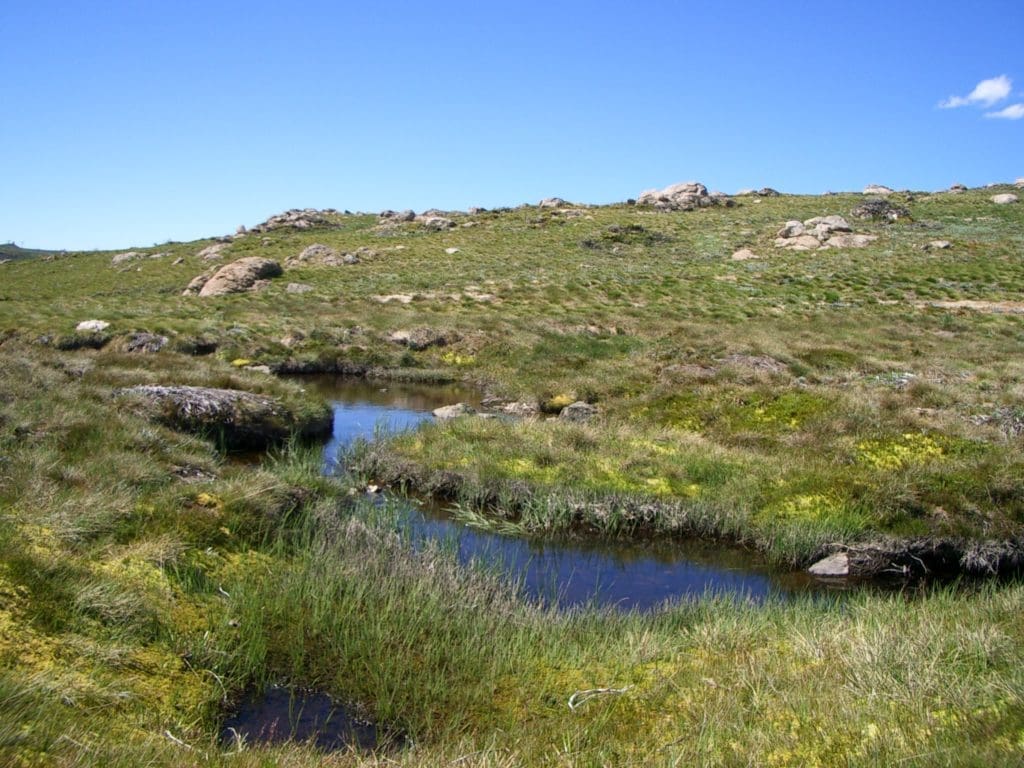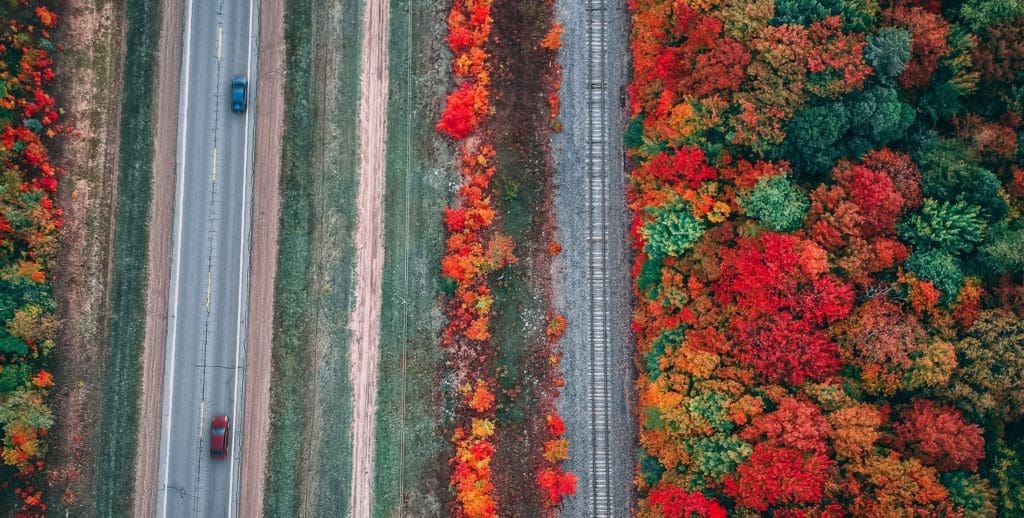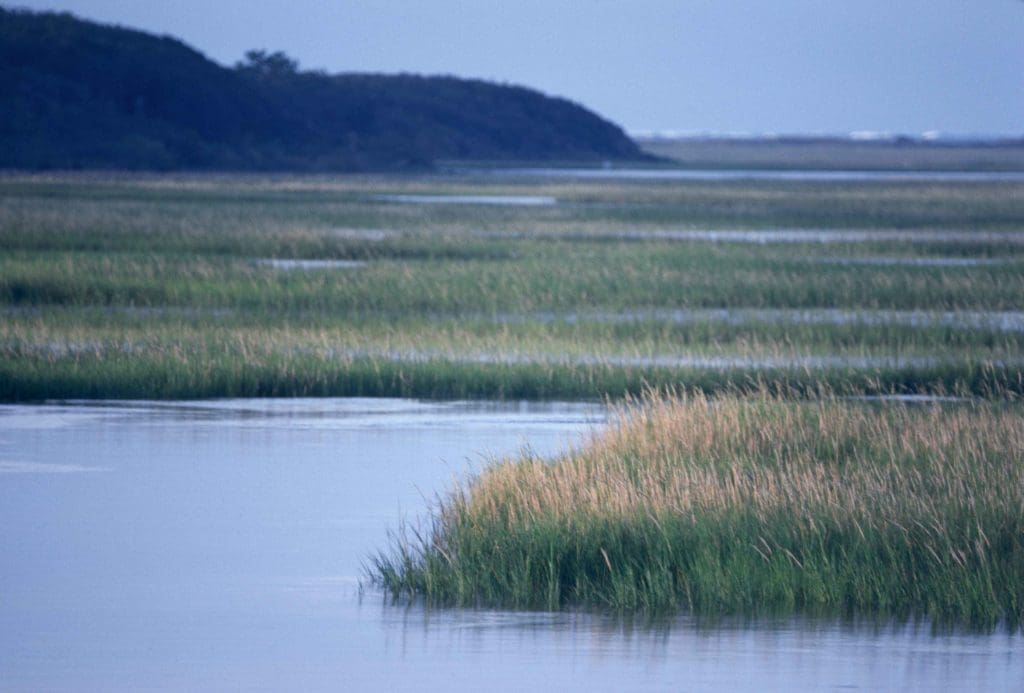Conservation Evidence Blog

Tangled Banks and Sentinel Plants: generating evidence for plant conservation
Beccy Middleton and Harry Watkins showcase the imminent Biodiversity Plan at St Andrews Botanic Garden, and explain its links to evidence-based conservation.

How funders can make conservation more effective
Nida Al-Fulaij and Becky Holmes consider the role of environmental funders in evidence-based conservation.

Expert insights into alpine peatland conservation complement global scientific evidence
Jessica Rowland, Jessica Walsh and Joslin Moore discuss their recent paper on conservation evidence in Australian peatlands.

Future infrastructure expansion poses severe biodiversity risks and requires effective, evidence-based and transparent mitigation strategies
Tom White and Ashley Simkins outline the threats that infrastructure poses to biodiversity, and how impacts might be effectively mitigated.

Do we know what plants need?
Tim Pankhurst shares his thoughts on the need for evidence in plant conservation.

How do you solve a problem like Spartina?
Sam Reynolds discusses a recent project providing evidence to support management of an invasive grass on the Chinese coast.

Transforming Conservation: A Practical Guide to Evidence and Decision Making
“Transforming Conservation is a new book that brings together 75 leading experts in different elements of good decision making in conservation. It guides the reader through the decision-making process, from how to identify stakeholders and frame the problem, to actually making the decision…”

The Conservation Learning initiative: improving the impact of conservation strategies
Working in partnership with the MAVA Foundation and Foundations of Success, we are excited to present the Conservation Learning Initiative.

Conservation on a wing and a prayer, or following the evidence?
Last month, we published our 25th synopsis, a global synthesis of evidence for conservation actions for butterflies and moths. Featuring 587 studies testing the effectiveness of 152 possible actions, and reviewed by 20 experts from around the world, the synopsis summarises evidence for the impact of interventions ranging from managing farmland in ways which might benefit insects to restoring degraded habitats, and from restricting chemical and light pollution to using translocations…

Plenty more fish in the… CE synopsis on Marine Fish Conservation!
The Marine Fish Synopsis aims to help researchers, fisheries managers and stakeholders address this exact need. This newly updated version of the synopsis (with additional actions) focusses on one of the main threats, overfishing – the harvesting of too many fish from the sea for populations to sustain themselves – and synthesizes the global evidence for effects of interventions to conserve fish numbers, or reverse the effects of sometimes decades of fish population decline.
